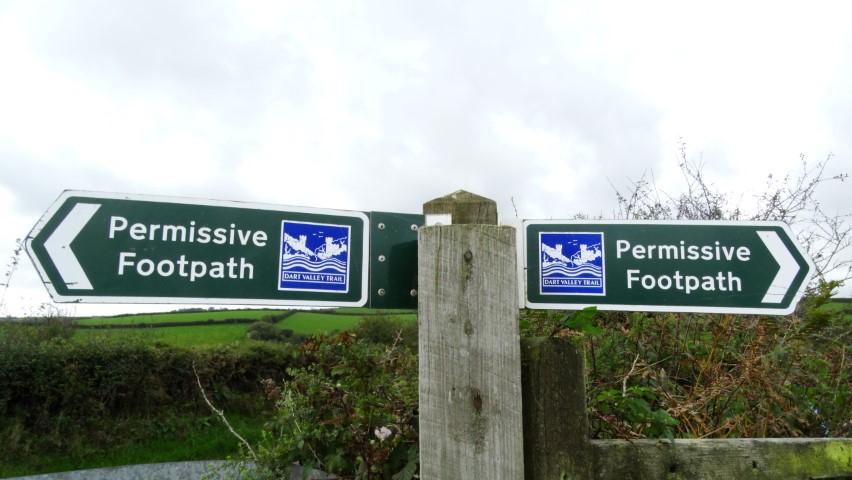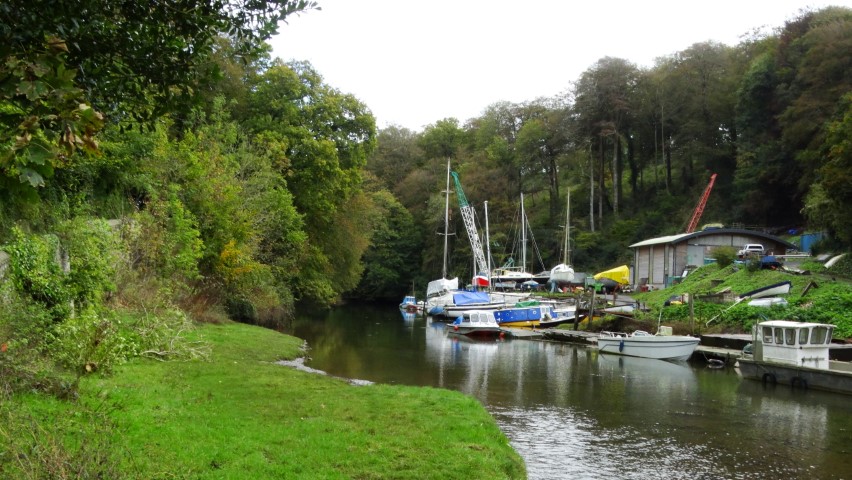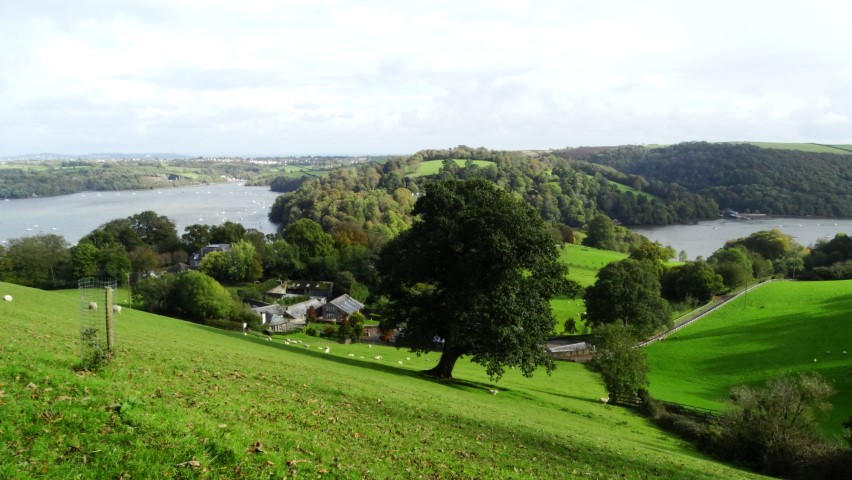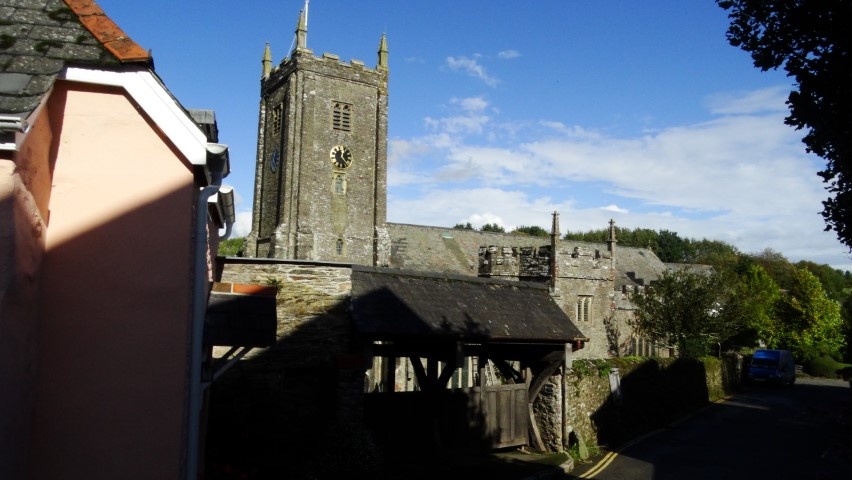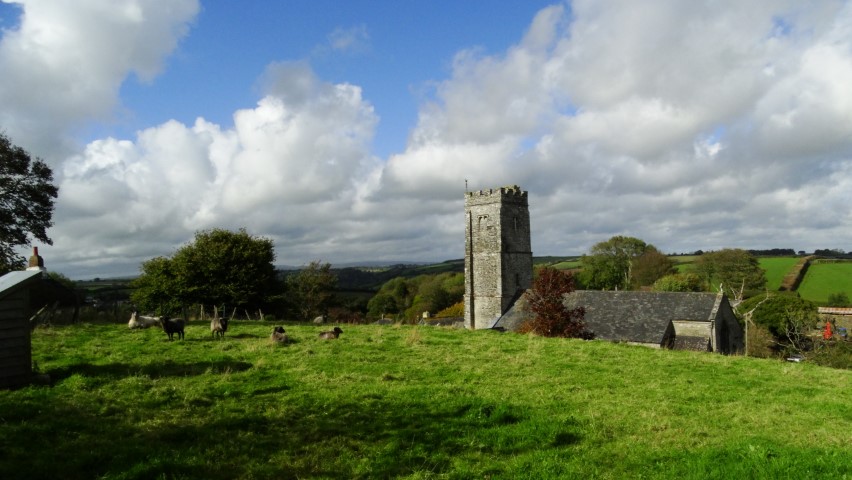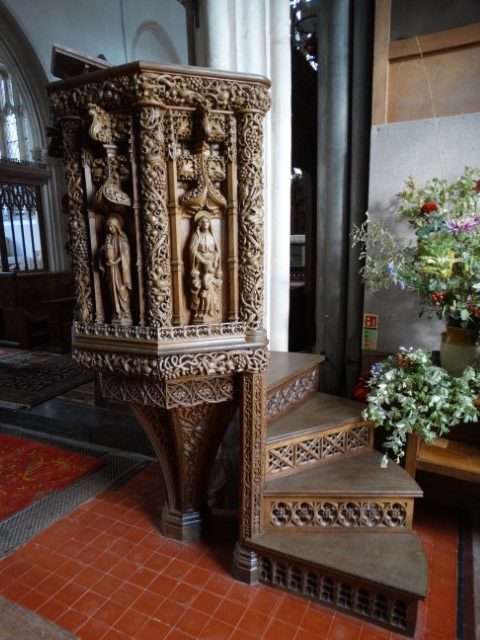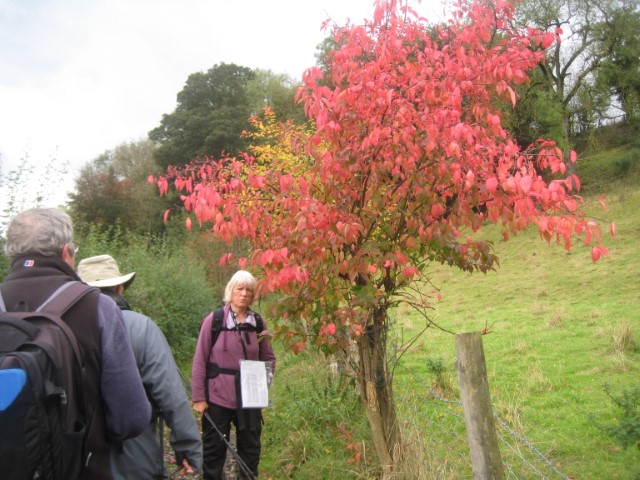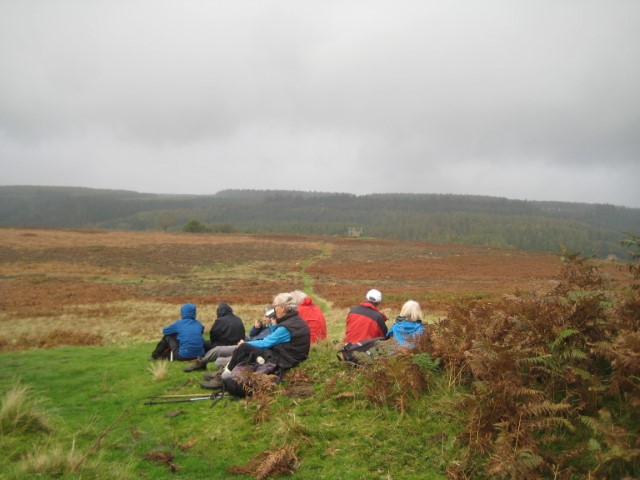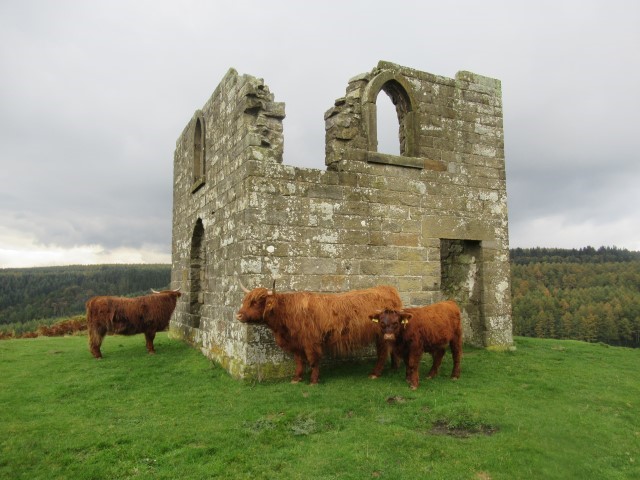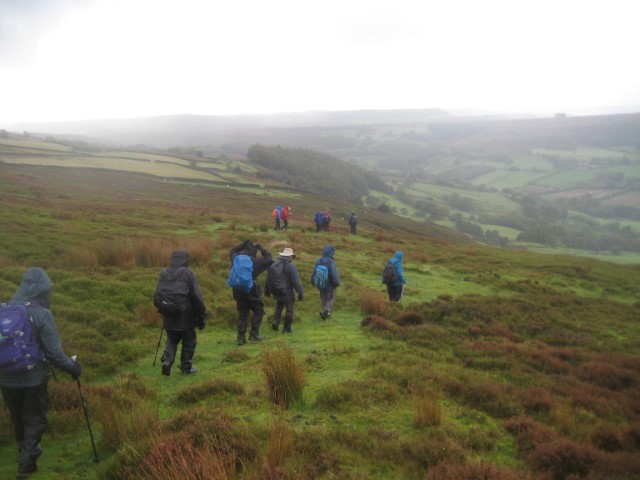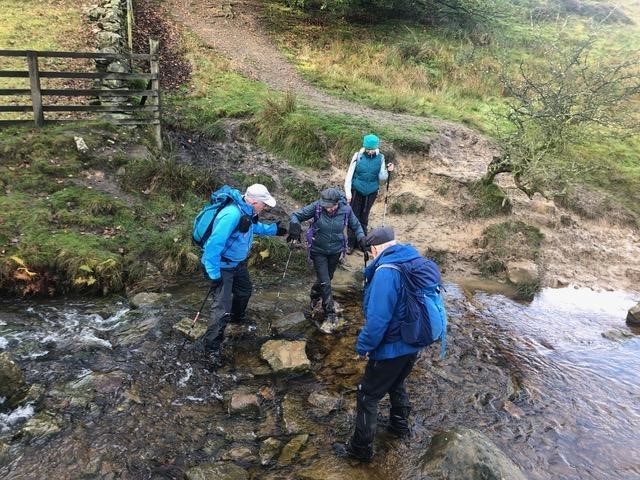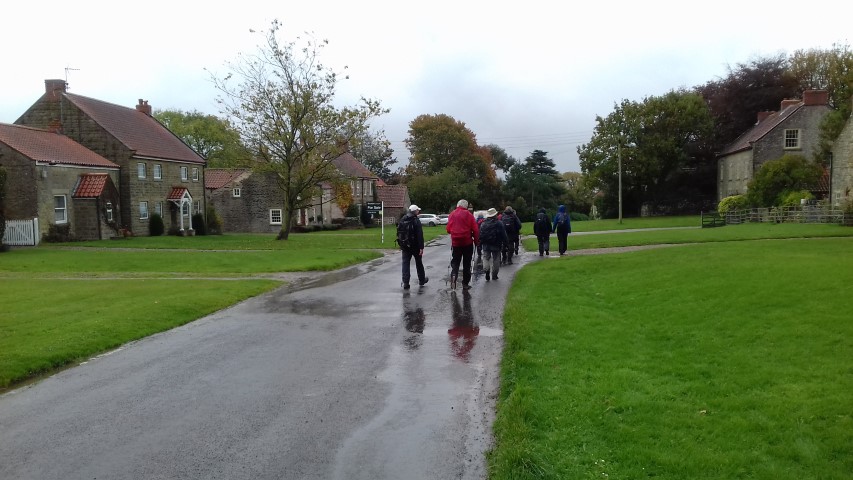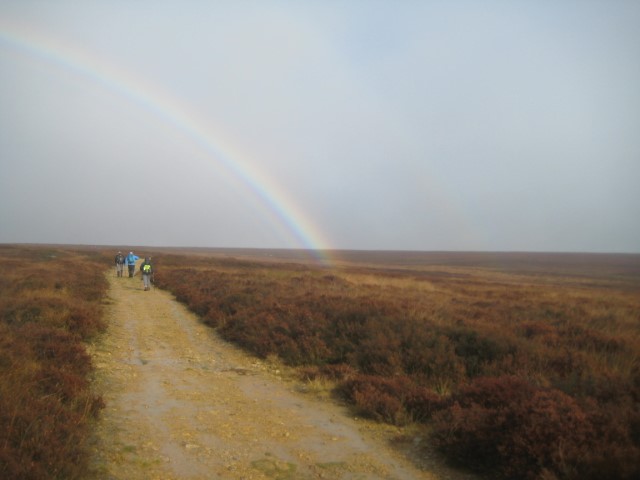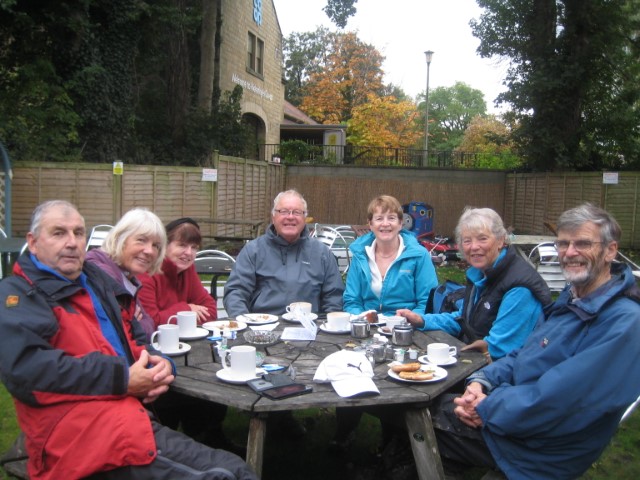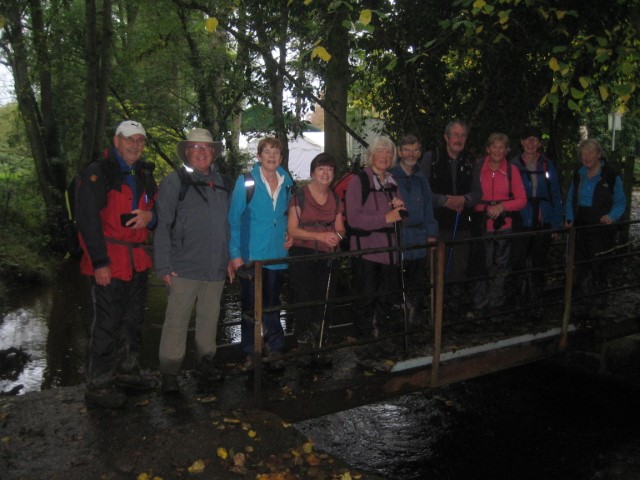RAMBLERS’ EAST CHESHIRE GROUP
2019 ANNUAL GENERAL MEETING
Saturday 23rd November 2019 at 2.00 p.m.
To be held at Macclesfield Tennis Club, Learning Zone Campus,
Park Lane, Macclesfield, SK11 8LF
Agenda
- Apologies for absence
- Minutes of the AGM held on 24th November 2018 for approval
- Matters arising from the minutes
- Annual Reports from officers
Chair: Jane Gay
Treasurer: Colin Finlayson
Membership secretary: Sue Munslow
Social & Events Secretary: Maggie Swindells
Footpaths Committee Chair: David Barraclough
Publicity Officer: Colin Park
- Election of Officers and Committee
Chair (Jane Gay)
Secretary (Vacancy)
Treasurer (Colin Finlayson)
Membership Secretary (Sue Munslow)
Social & Events Secretary (Maggie Swindells)
Footpaths Committee Secretary (Dave Barraclough)
Publicity Officer (Colin Park)
Committee Member (Keith Anderson)
Note. Kathryn Carty has put forward her name for election as Secretary (duly proposed and seconded). No other nominations were received by the cut off date.
- Motions Received – None
- Appointment of Independent Examiner (Auditor of Accounts)
- Any other business
Adrian Flinn – Secretary
9th November 2019
Coffee, tea and cakes will be served after the AGM
Ramblers East Cheshire Group Minutes of the Annual General Meeting held on Saturday 24 tht November 2018 at Macclesfield Tennis Club ( subject to approval at the
AGM 2019 )
There were 45 members that signed the attendance register (with guests 50 people were in attendance).
Welcome
The chair welcomed members to the AGM and thanked them for attending.
Apologies for absence
The following members sent their apologies: Dave & Jane Collorick, Brian Griffiths, Keith Anderson, John & Pauline Handley, Benita Kassas, Claire Sependa, John & Jenny Irwin and Graham Walker.
Minutes of the AGM held on 11 th November 2017
The minutes were accepted unanimously as a true and fair record of this meeting (proposed by Helen Richardson and seconded by Ruth Harrison)
Matters arising from the AGM held on 11 th November 2017
None
Annual Reports from Officers ( posted in the website for reference)
-
- Chair
During her address to the meeting the Chair highlighted:
- The systems that ECR are using to safeguard data are in compliance with the new Data Protection regulations that came into force early this year. Also, each member had to update their personal details in the Ramblers Association database to comply with these regulations and to continue to receive notices of events by email from ECR – this caused a situation where some members had not been receiving emails but most have been resolved. To help we are now putting the notices about trips and activities in our website under the heading “Information for members”
- A “Plea for help “ questionnaire was sent to the membership. Although not many people replied we had offers from volunteers to join the Committee, lead walks including stroller walks, organize different types of social events and to become footpath inspectors
- Congratulated the Footpath Committee, our FP Inspectors and the Database manager for the unprecedented achievement of 100% completion in the Inspection of our paths.
- The use of the permissive path at Charles Head has been extended for a further 5 years.
- The number of walks that ECR put on each week is amazing. The Committee are looking at putting on some sort of training and developing a “buddy” system to encourage new walk leaders to volunteer. The Ramblers Association are planning to set up a walk leaders training events (free of charge) to be rolled out across the country.
- The National and ECR websites get very positive feedback especially from new walkers when looking for walks in our area. Also, Committee members are placing leaflets in GP’s surgeries, libraries , etc. in our area so that new walkers can access our programme and decide which one they would like to join – for this
reason we encourage that walk details are posted in the ECR website 2 weeks prior to the walk to allow posting in the national website. However this is not compulsory and is up to each individual leader to enter the walk details onto the ECR website as and when they see fit.
- Committee members have been handing out new Medical Emergency Cards on walks to encourage walkers to carry medical information with them.
- The Cheshire East Area AGM was held on 16th November 2018 and two representatives from Ramblers Association were in attendance. The meeting was hosted by South Cheshire (minutes are awaited). The concerns on Lost Ways expressed by our Footpath Committee were discussed and supported by all three groups and a meeting will be set up with the Central Office coordinator on this matter early in the New Year.
- Thanked all the Committee Officers and all volunteers for their dedicated hard work, time and effort in organising all our varied activities.
A question from the floor relating to the coverage of third party liability insurance provided by the Ramblers Association asked whether any person in a walk is covered in case of an accident. The view is that the leader and back marker only are covered by this insurance provided that both are current members of the Ramblers Association.
Treasurer
Key points made during the address were: a) Overall we had a very small deficit of £381.67 although the bank balance at year end stands at £4801 (down from £5182 in the previous year). b) Only a minor amount of routine footpath maintenance have been carried out this past year amounting to £700. c) ECR budget application
for next year totaled £1200 and has been approved by Central Office. d) Members were encouraged to use the internet bank payment facilities for our self funded events to minimize the cost to ECR of the bank charge of 30p per cheque paid into our Unity Trust Bank when using a clearing bank (including the Post Office).
There were no questions from the floor.
Membership Secretary
Over this year membership has remained stable throughout with 593 members showing high retention and a steady supply of new members. The national membership continues to decline at a rate of about 2% each year.
There have been concerns reported by Walk Leaders that in a few instances there might have been a person joining a walk and not being a member of the Ramblers Association (this is being followed up with Central Office). This example raised the question as to how many persons are walking in our group who are not members. The Committee will look into this matter further and consider using the newly available Walk Register App from the Ramblers Association (with this app Walk Leaders can register members and non members on walks either by scanning the code in the cards or inputting details manually). The Publicity Officer and the Webmaster were thanked in particular plus all others for helping to publicise and encourage our activities. Walk Leaders and members on walks were encouraged to welcome new members and make them feel confortable on walks.
The following members that had passed away in the past year were remembered with a minute silence: Michael Bull, Margaret Atherton, Len Wakefield, and J. Cook
There were no questions from the floor
Social & Events Secretary
There has been a great variety of events over the last 12 months and a massive “thank you” goes to everyone involved in the organization and running of events for ECR and the two volunteers involved for the last 3 years in the Walking for Health initiative.
The Committee decided to put on a trial stroller walks programme which run on alternative Fridays and dovetailed into the Walking for Health programme. This has been very successful and, therefore, this programme will run next year – a volunteer has come forward to act as coordinator. There were 3 coach trips organized in 2018 (cf. 2015 and 2016 when there was one trip in each year). We already have two dates on next year programme for coach trips. Also, we have 2 weekends away planned which are open to all and 2 weekends for long walkers. Two evening meals were organized in 2018. The social calendar for the first half of 2019 will be out soon with all the dates.
There is a vacancy for Social Secretary or Social Coordinator – it is not necessary to sit on the Committee to fulfill this role.
Anybody interested please contact the Chair. There were no questions from the floor.
Footpath Committee Chairman
The following were highlighted: a) the Committee is completing its 33rd year of operation b) for the second consecutive year managed to inspect all 1,276 paths in our group area of 33 parishes c) consulted on 11 proposed diversions in the year to end September 2018 d) a new member has been coopted into the Footpath Committee e) one of the two Officers in Cheshire East Rights of Way team has handed his notice – the Footpath Committee will lobby the Council to appoint a replacement asap.
There were no questions from the floor.
Publicity Officer and Lost Ways project Manager
This year articles have been published in the Macclesfield Express every single week – walk leaders are asked to keep up the supply of articles for next year. A suggestion was made to post these articles in the website – will be explored further by the Committee.
There are 19 “lost ways” in our area that are worth pursuing for various reasons. The next step is to research documents held at the local Council Offices to provide legal support of the existence of the right of way in the19 paths then the process of making an application can start. Three volunteers have offered their services to work on this project together with the Project Leader. The concerns from the Footpath Committee were raised at the recent Cheshire East Area AGM – see 4.1 (h) above.
There were no questions from the floor.
Other Reports
-
- Footpath Maintenance Projects Team
The Coordinator provided a review of the work conducted since the last AGM. Because of the Coordinator personal commitments some work was conducted in December 2017 but no projects were undertaken this year. However, the Coordinator proposes to re- commence project activities in 2019.
There were no questions from the floor.
ECR Walk Statistics (posted in the website for reference)
The group continuous to run over 300 walks per year. The statistics show that the group depends too much on Walk leaders that volunteer to lead multiple walks in the year in order to maintain this large number of walks provided to the membership. It was
noted that the Weekend Medium Walk Coordinator needs more volunteers to lead walks.
Ralph Atherton was thank for the 20 years that he has been compiling these figures and producing annual reports for AGM’s. This task will be taken over by Andy Davies.
There were no questions from the floor.
. Election of Officers and Committee
The following stood for reelection and were elected unopposed (proposed by Ann Thompson and Ian Mabon):
Jane Gay (Chair), Adrian Flinn (Secretary), Colin Finlayson (Treasurer)), Sue Munslow (Membership Secretary), Kathryn Carty (Committee Member), Dave Barraclough (Footpath Committee representative), Colin Park (Publicity Officer and Lost Ways Project Manager), Maggie Swindells (Committee Member) and Keith Anderson (Committee Member).
We need a volunteer to take up the vacant Social & Events Secretary position.
. Appointment of Independent Examiner ( Auditor of Accounts)
Ken Hobbs was reappointed unanimously (proposed by Mike Harding and Mike Murphy)
- . Motions None.
Commendation Awards
Two awards from the Ramblers Association were presented in recognition of outstanding contributions over a long period of time serving as volunteer in ECR to:
- Alan Catherall joined 33 years ago leading walks, as a member of the Committee and a valuable member of the Footpath Committee (retired from this Committee after 25 years). Also, Alan was involved in negotiating and securing many rights of way in our area.
- Peter Cummins has been an active member of ECR since 1981 (37 years ago) and was a founding member of the Footpath Committee in 1986 until retirement in 2016.
- Any other Business None.
The meeting closed at 4 pm
Adrian Flinn – ECR Committee Secretary 13th December 2018
Dates of Meetings to be held in 2019 (venues to be confirmed in late summer):
- ECR 2019 AGM – date to be confirmed later
- The Area AGM – date to be confirmed later
2019 AGM – CHAIR REPORT
This is my second report and how quickly the last two years have gone. I am writing this while in Australia so apologies for anything which I miss out. I had intended to complete it before leaving home in mid September but time caught up on me and hence I’m writing it late October.
Since we are a walking group, I will start with our walks programme. Many thanks to everybody who contributes to this as it is an amazing programme with varied walks in length and grade. This year has seen the strollers programme, which is on a Friday, become embedded in the system. It seems to be very popular and a massive thank you to Tony W for coordinating it all. The other programmes have run with radical variations in the numbers of walkers. There has been much discussion about this at committee level and also amongst members. We feel that this is due to a number of factors, one being the weather, another the distance from home and the third being the fact that the age profile of the group is not getting any younger. We have decided to leave things as they are for the moment as there was such a great diversity of opinion that no clear way forward evolved.
The committee has also discussed the cost of membership compared to other walking groups and have contacted Central Office about our concerns.
I must thank the footpath committee for all the work that they do. As you will realise from other reports we have made a donation to save the Harrop Brook Bridge. This is a “lovely little bridge which we didn’t want spoilt by a wooden structure“ A lot of the work of the footpath committee goes completely unnoticed by the vast majority of the Ramblers. It is essential work in keeping all the footpaths open and accessible for us to walk. This committee has a wealth of knowledge and for that and all they do I thank them as I’m sure do all the members.
I thank Neil Collie who attended national conference, initially as an observer, but when we realised the Area was not going to be represented he attended as a delegate. He has put a report onto the website. He came to a committee meeting and reported back to us. He said that it was a highly organised and slick event. The first priority was to discuss the slow decline in membership over the last 15 years, they recognise that only 40% of members go on organised walks so I’d be interested in any ideas on how to retain the non walkers. Neil suggested that we have an Area Chair which we actually do have. The Chairs of the 3 groups carrying out this role on a yearly rotation. Obviously this needs to be made clear to the membership, so now you know, as they say!!
While talking about the Area AGM this has now been moved until after group AGM’s as suggested by Head Office.
Cheshire East Area volunteered to trial the national First Aid training and we were selected eventually the date of the 20th of March was agreed and ECR filled 11 of the 22 places available. I think everybody who went learnt something and came away feeling more confident about dealing with a serious emergency; this I think could become part of our annual programme.
The walks programme is now a standing agenda item on every committee meeting so if you have any observations to make please forward to the secretary or myself.
I have met with Roger on a couple of occasions to discuss the website. As a result of these meetings Frank took over circulating emails while I posted information on the website. This was just a short term solution and now Steve H is circulating emails and Maggie posting information on the website. Frank and I are the backups!
We are looking for people with Facebook, WhatsApp and instagram knowledge so that we can make this part and parcel of our means of communication. If you feel you can help in any way then please just contact me. We have to try and attract younger members and I am assured that this is one of the best ways of doing so.
We ran a walk leader introductory course on July 4. Gillian Kay was the lead on this and prepared the whole course and had meetings with the trainers some of whom were a little bit nervous about what exactly we were being asked to do. I have to say the course was amazing and brilliantly run and organised. Every single candidate said that they had enjoyed the course and also that they had got a tremendous amount from it and now felt more confident about leading walks. The morning session was theory with the afternoon session being a practical session around Gawsworth which was at exactly the right level for the candidates. A massive thank you to Gillian and also the other instructors, Susan M who led the session on 6 figure references and showed us a fail-safe way of always getting it right! David G, Michael M, Frank and myself were the other trainers and we also enjoyed it. Depending on demand we may well put this on annually.
I have absolutely no intention of listing a large number of people that I would like to thank for their support and help because I am bound to miss somebody out. Is the person who leads one walk every six months less important than anybody else since we are a walking group and without them we would not survive? It would be great if everybody felt confident enough to try and lead at least one walk in each six month programme .If there is anything you need to help you in doing this then please just email me. I feel this is one of the most important tasks for all of the membership to encourage new people to lead. I totally acknowledge that some people don’t wish to lead, for what ever reason, and please don’t feel under any pressure to do so.
The one group of people I do feel I need to thank is the committee. They have kept me on the straight and narrow and been extremely supportive in all that I have tried to do.
I’m delighted to say that the vast majority are willing to stand again next year.
Adrian, the secretary is leaving after he has served on the committee for three years. Two of these years with me and one with John Edwards. I thank him for the commitment that he has made to this role and for his very precise minuting of the meetings. This has made following up on issues very easy. Kathryn Carty is prepared to take on this role.
A massive thank you to Colin P who is resigning from his role of Lost Ways Coordinator. Colin I know has spent many hours on this, using his expertise to improve the quality of data in this Cheshire wide exercise and identifying about 500 possible Lost Ways. We need somebody else to take this role on and I am sure that Colin would be very happy to explain all the work that he has done so far. He is remaining as Publicity Officer.
Maggie took over the Social Secretary job earlier this year which was amazing as far as I was concerned. It shows really that a change of role produces new ideas as she has brought in several talks which have been well supported. Thanks Maggie, I now only have to write one report!
The committee desperately needs a couple of new members. We meet four times a year, in the afternoon but this is not set in stone, so it is not an onerous task and one that I hope several of you will consider. Coffee, tea and cakes are served at the meetings!
This report seems rather short but since the minutes of all our meetings are posted on the website those of you who want to know the details of our discussions will have read the minutes and so this is a brief summary of the year.
Looking forward to seeing you all at the AGM.
Jane Gay
2019 AGM – ECR Membership Report November 2019
Since the last AGM our numbers have gone down from 593 to 566. This is inline with national figures and other groups. Later retirement and growth of other walking groups partly explain these numbers
Each month only three to four walkers join us and this year some figures have shown a 1/3 of new members not re-joining after a year. Again, there may be many reasons for this, but welcoming new members on their first walks is very important.
One way in which we can help recruit new members is by leaving our advertising leaflets in local leisure centres, medical centre and libraries. Recent new members have said they have chosen ECR rather than another group because we have numerous walks to choose from including regular long walks. We also have a huge range of social activities during the year that are very popular and often booked up.
Central Office are concerned over numbers and keeping new members. They have suggested:
– send them a personalised email
– send them a welcome ‘shout-out’ on your group’s Facebook page
– let them know they can bring a friend or family member to their first group walk.
– highlight any ‘introductory walks’ we do for new walkers – ideally shorter walks at an easier pace.
– let them know about any social events you’ve got coming up.
– make sure your walks include an easy-to find starting point. With a postcode and clear description.
– the leader should ask at the beginning of a walk are there any new walkers and others should make a point of talking with them as you walk.
– say you hope to see them again soon.
– give a clear run-through of what to expect on the walk, including the next refreshment point and loo break.
– make sure there is a back marker to help keep an eye on everyone
– finish the walk at a pub or café to give new people a chance to socialise with the group.
– at the end of the walk, ask them how they found it and if they have any feedback on how it could be better.
You will probably agree that as a group we are giving our new members a good welcome.
Sue Munslow
2019 AGM – Publicity Report
This year has seen walk articles appearing in the Macclesfield Express on all but one week despite an article being submitted.
I am always on the lookout for new articles from anyone willing to write a short piece on a recent walk they have led. Please don’t hesitate to contact me with anything which might be worth publishing not only in the local newspaper but also on the ‘Recent Posts’ section of our website.
For anyone who doesn’t get sight of the Macclesfield Express, walk articles now appear on the ‘Recent Posts’ section of our website and usually have more than one photograph.
I would welcome walk articles from anyone leading walks in the future especially if it’s a new or unfamiliar area to the group. Articles should be between 250-350 words in length and can include a bit of history about the area you are walking through and not a series of directions. I can edit the information if required so that it can be published in the Macclesfield Express. Your article should be accompanied with a photograph(s) in a JPEG format if possible.
If you would like to write an article but are not sure how to go about it then I am more than willing to talk it through with you or you can refer to past articles published on our website to see the stile.
Colin Park
FOOTPATH COMMITTEE REPORT TO THE ECR 2019 AGM – Nov 23rd 2019
2019 has been an active but fairly routine year of the Footpath Committee activities. Below is a summary of the key points of our work.
The Footpath Committee now has a complement of six, with the addition of Nick Brearley who is assuming a role to identify potential maintenance work from the results of the footpath inspections. The Committee members are Tony Battilana, Nick Brearley, Neil Collie, Colin Finlayson, Graham Walker and Dave Barraclough. We generally hold 4 meetings each year and operate with a high degree of independence from the Main ECR Committee. All members are continuing in these roles for 2020 but we would always welcome new volunteers to assist with our work. One particularly role would be someone to review and analyse the footpath inspection results for trends and produce the reports that we send to Cheshire East PROW Officers. This task need not involve attending our meetings.
A notable piece of maintenance work organised by Nick Brearley in collaboration with the Projects Group was to organise to remove vegetation that has made the Over Alderley FP2, within the National Trust Alderley Edge land. We plan to continue cooperation with the Projects Group.
We are now getting accustomed to reporting a 100% inspection of the footpaths in our area, now the third occasion. This is currently 1282 paths over 36 parish area carried out by 38 volunteer inspectors. Thanks are due to Tony Battilana for his thorough organising of this task. The results now extend over 10 years and there has been a steady and notable reduction in the number of paths with significant problems (our C and D paths). The average level in the first 5 years from 2009 was 11.6%, then reducing to 8.9% in the next 5 years – and in 2019 it has reduced to just 6.2% – a commendably low level. As usual, we should recognise the efforts of Cheshire East PROW Department and its Footpath Enforcement Officers in achieving this result. We are more fortunate than many other areas.
We have also been routinely consulted by Cheshire East over 9 Diversion applications and commenting on major road developments. We generally involve our footpath inspectors in formulating our responses.
There are two noteworthy examples. Firstly the new A6 to Manchester Airport Relief road was opened in October 2018 and includes extensive footpaths and cycleways throughout it’s length. It provides some valuable additions to the footpath network and is welcomed. However, Stockport Council’s management of the contract was inadequate and the contractor failed to provide gates in the boundary fence where existing footpaths joined or crossed the new road. It has taken 12 months of pressure by members of the Committee to get these faults corrected. There are still two footpaths which remain obstructed and unusable. We are also pressing for pedestrian gates to be provided in a number of locations where only heavy field gates have been fitted in contravention of Cheshire East Council’s policy of ‘least restrictive access’ on new diversions.
Secondly, special attention has been a path between Rainow and Kettleshulme that has been obstructed for all the years East Cheshire Ramblers has existed. It is now the subject of an appeal to the Planning Inspectorate by the landowner who wants to delete the path from the Definitive Map. With the help of Central Office we have prepared a rebuttal to his appeal and await the Planning Inspector’s report.
Two further events are worthy of special note. Firstly, ECR agreed to donate £500 towards the reinstatement of a partially collapsed old packhorse bridge over Harrop Brook at Pott Shrigley. The actual work is still to be completed during 2020.
Secondly, we should acknowledge the significant work of Colin Park in developing the listing of potential Lost Ways across Cheshire. Colin is standing down from leading the ECR work (to concentrate on both extensive walking and leading publicity for the ECR website and local newspapers). We should recognise that his considerable professional expertise in cartography assisted the Cheshire exercise over several years to draw up the list of about 500 potential Lost Ways. The Cheshire Footpath Secretaries are currently lobbying the national ‘Don’t Lose Your Way’ campaign to pay greater attention to the need to prioritise and quantify the cost of the numbers of claims that are made. We believe that excessive numbers of claims could detract from the existing PROW resources.
We hope that the efforts of the Footpath Committee contribute to your enjoyable and safe walking across East Cheshire. Any offers of help would be appreciated in such tasks as future Footpath Inspectors or assisting the Committee in analysing the inspection results trends. Please e mail me on dave@thebarracloughs.co.uk
Dave Barraclough
Chairman – ECR Footpath Committee – November 2019
AGM 2019 – Social & Events Report
It was with some trepidation that I took on the role of East Cheshire Rambler’s Social Secretary in November 2018. I was stepping into the shoes of a social secretary legend! Needless to say I’ve had a huge amount of support and encouragement from Jane plus lots and lots of help from my fellow ramblers who have continued, over the course of the year, to give up their time to provide a rich and varied social programme for our group.
Three excellent Christmas lunches, preceded by walks were organised by Teresa, Andy, Peter, Jane, Frank, Georgie and David. Last year we also enjoyed two other walks with a Christmas theme. In December a walk from Chelford was organised to allow us to enjoy the Barnaby Choir singing carols at St Mary’s Church at Nether Alderley. Unfortunately, the timings were slightly off and we got there at the end of the first performance! This year we’re repeating the event and we’re hoping for better walk timings and hopefully a mince pie!
Rosie Forth, who has led many walks for the short walkers, has quietly, and traditionally, led a mid-week short walk in December. Her walks traditionally include a Roses Chocolate or two at coffee time and lunch at the Admiral Rodney with Christmas Crackers. I’d like to thank her for leading so many walks for the Ramblers over the years. We will miss her ‘Christmas’ walk this year.
‘Keith’s Sherry Walk’ continues to provide an excellent start to the New Year and our thanks go to Lorraine and Melanie for continuing the tradition and leading and organising the first walk of the year.
In February Duncan Leamond provided an excellent talk for members about the Macclesfield canal. Duncan’s talk was informative and entertaining and I’m sure many walkers will walk our local canal with a different perspective on the time and effort which goes in to maintaining the “watery pathways” we enjoy each year as part of our walking programme.
Over the course of the year walkers have been able to access several weekends away organised by our members. The amount of time and effort which goes into preparing these opportunities is enormous and I’d like to thank, on behalf of us all, Georgie and Peter Everson, Steve Hull, Melanie Davy and Ann Thompson for all the time and effort they have put into organising successful weekends away for members. Colin Park and Steve Hull have already provided dates for the long walkers weekend in the next programme and I’d be delighted to hear from anyone interested in organising other weekend away opportunities in 2020.
Over the course of the year we’ve also had the opportunity to enjoy a number of special walking social events. Brian Griffiths, Colin Park and Tony Litter led short walks which culminated in a picnic and talk at Toad Hall, the home of the Blackden Trust and Alan Garner the author of The Weirdstone of Brisingamen and many other novels based in Cheshire. They were a great addition to the programme and greatly enjoyed by those who were able to attend! Brian also organised a tour of the Air Raid Shelters in Stockport.
In the summer Jane Gay offered a walk with Martin James, the ranger at Teggs Nose.
This year the ramblers participated in two coach tours which took us to Arnside, organised by Steve Hull, and to Conwy, organised by Gina Thompson, Annette Hurst and Maggie Swindells. Thanks to to Colin Park, Ruth Harrison and Rob Stevenson for leading walks for the coach tours.
In August we offered walkers the opportunity to join Rodney Hughes on a History Walk from Wincle followed by a meal at the Wincle Brewery. This proved to be so successful Rodney has agreed to do another one next summer.
Meals out in the summer continue to be popular and thanks go to Ann Thompson for organising a walk followed by a meal at Monyash and to Nick Wild for kindly offered to end the summer evening programme of walks with a meal at Rosie Lee at Hayfield.
To end the year, in October, we had excellent attendance for Judith Wilshaw’s talk about local history in our locality. She’s offered to lead a walk for us next year in Castleton or Stockport as a follow up to her talk.
I’m sure I’ve not mentioned everyone who contributes to the social programme and apologies if I’ve left anyone out. Our social programme depends so much on the generosity of members who are prepared to give up their time to provide events for all of us and I’d like to thank them all, on behalf of all the members, for their time, enthusiasm, imagination and continued support.
Maggie Swindells













